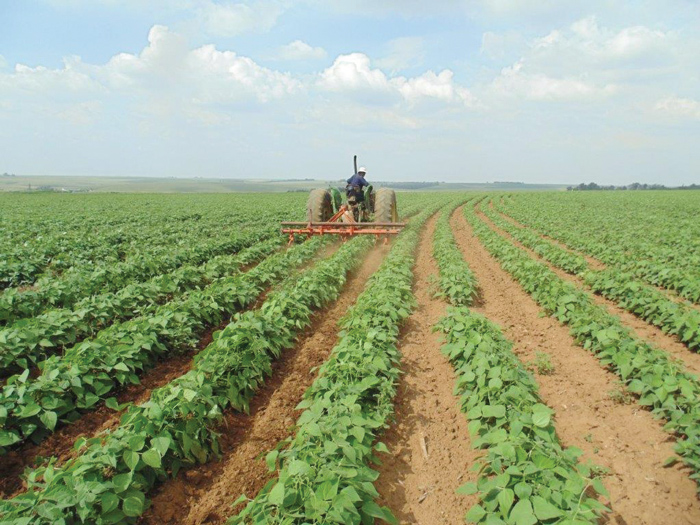January 2022
| PHONNIE DU TOIT, ARC GRAIN CROPS INSTITUTE, POTCHEFSTROOM |
 |
Successful weed control is probably one of the most challenging and skill demanding operations in the production of crops. It always includes risks – mainly because it is so strongly affected by conditions determined by the environment which the farmer has no control of.
Herbicides should also be treated with great responsibility. Remember, herbicides are developed as plant killers with the ability to be selective towards certain (selected) crops. Having the ability to kill the weed, it might – if used incorrectly – damage or even kill the crop you have planted at high cost. There are many cases of severe damages and losses caused by the incorrect use of herbicides. For this reason, herbicides should always be applied with great care by a responsible user in charge.

A successful weed control programme always aims to achieve season long weed control.
WEED CONTROL STRATEGY
Weed control is a high risk and sometimes a complicated activity. When preparing a weed control strategy, there are a number of important aspects the farmer should keep in mind.

1. An example of a common broad leaf weed you might observe in your field. It’s common name is Cocklebu.

2. Farmers in the Dipaleseng Municipality (Balfour, Mpumalanga) – the late Ben Nhlapo and Moses Nhlapo from Harambe Farming with Johannes Simelani of Mpembe farming in their chemical store after making their choice of fertiliser.
Always keep track of the environment
During most of the growing season of a crop, one or more of these environmental conditions (for example high temperatures or a strong wind) occur and the farmer has no control over any of these conditions. The best he or she can do is to be aware of it and plan every action with these conditions in mind.
These conditions, among others, are mostly:
Know the weeds in your field
Choose the right herbicide
When practicing post-emergence control, apply herbicides early
As a plant (weed) grows, develops and becomes mature, their outer layers become thicker, waxier or covered with more hairy structures. This will make it more difficult for any chemical product such as a herbicide to penetrate and become effective as a weed killer.
In many cases, herbicide labels refer to the concept of early post-emergence control rather than post-emergence control only. This gives a clear message that post-emergence control should happen at an early stage of weed growth (when the weeds are still young and vulnerable) with no delay. For example, on the Basgran label (a post-emergence herbicide manufactured by BASF with the active ingredient Bendioxide) the leave stage and its relation to rate of application (dosage) is clearly indicated in one of its tables.
Table 1 shows that weeds should be controlled at an early stage. The table also shows that there are differences between weeds. It also shows that certain weeds should be controlled at a younger stage while others can be ‘allowed’ to grow slightly bigger, according to the label – up to the eighth leave stage, depending on the rate of application.

In the table a few examples from the Basagran label is shown, indicating the leave stages at which certain weeds should be controlled as well as the higher rate of application that might be needed, depending on the leave stage of the weeds.
In Photos 3a and b, we see an example of the importance of decision making and correct timing of a post-emergence weed control action. Always remember, when practicing post-emergence control, apply herbicides early – when weeds are still young and vulnerable.

3a. It is already just too late to successfully control the weeds in this red speckled bean field.

3b. Although a cost comparison was not made in this case, it was a better decision to control the weeds mechanically since the weeds in Photo 3a exceeded the early leave stages.
BOOM SPRAYER CARE
Unfortunately, it is often seen that neglected and ineffective boom sprayers are still in use on many farms. As a grain producer, if you want to win the war on weeds, make sure that you keep your boom sprayer in a good condition, always ready to be used (Photo 4). Thoroughly care for your boom sprayer, calibrate correctly and do not spoil the mix.

If you do not neglect your boom sprayer and always keep it in a good condition, you will surely reap the benefits when you have to calibrate and apply the expensive herbicides.
Use only clear and clean water when preparing the mixture in your spray tank. Sometimes water contains minerals that has a negative effect on certain herbicides. In order to make sure that you use a good source of water when mixing your herbicide, there are several laboratories where one can submit a water sample to be tested for water quality.
Your boom sprayer checklist
Publication: January 2022
Section: Pula/Imvula